Are you looking for the best ways to travel from Paris to London?
Paris and London are only 214 miles (344 kilometers) apart, two of Europe’s most iconic cities. Many European visitors wish to visit both capital cities and must determine the best route between Paris and London.
It is incredibly convenient to travel between them, owing to the construction of the Channel Tunnel (the Chunnel).
If you’re planning to visit both cities, know that there are various ways to get from Paris, France to London, England.
We’ve compiled a handy guide to traveling from Paris to London, complete with route information, ticket prices, and a few helpful tips. Continue reading to determine which option fits your budget and preferences the best.
Things you'll find in this article
Best Ways To Travel Paris To London

1. By Train (Eurostar)
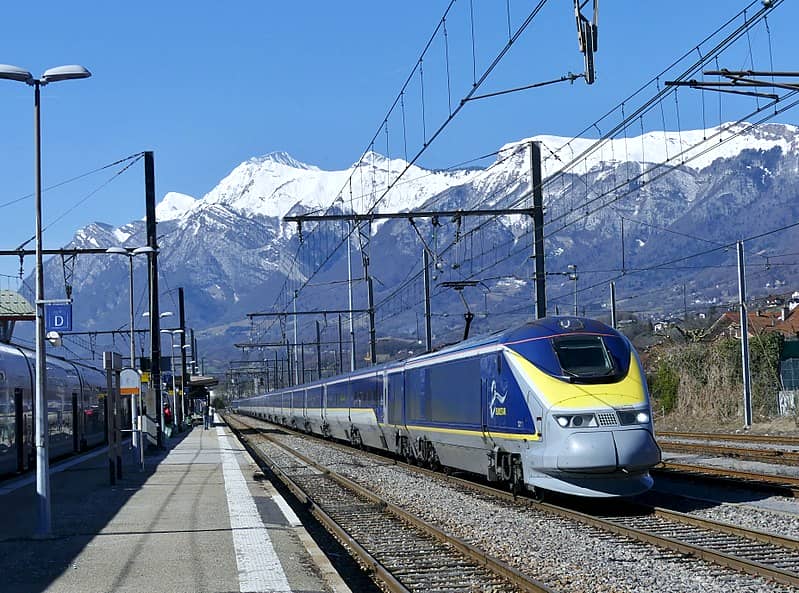
If you want to travel from Paris to London, Eurostar is the fastest mode of transportation. The train departs from the Gare du Nord station in Paris, which is very accessible.
The train then arrives at King’s Cross, St Pancras International Station in London. Taking the train will also save you time with shorter check-in requirements.
Since the train travels above ground for the vast majority of the time, passengers can gaze out the window at the beautiful countryside as it passes by.
Route: from the Gare du Nord station in Paris to King’s Cross, St Pancras International Station in London.
Travel Time: The journey takes around two hours and 15 minutes.
Tickets and Fare: Check-in times and perks vary among the three ticket classes. For Standard and Standard Premier tickets, ticket gates and checks close 30 minutes before departure. Business Premier ticket holders have access to a private lounge until 10 minutes before departure.
Tickets are from €52.50 to €352 (single) and €66 to €564 (return).
Booking: Purchase Eurostar tickets between 138 and 190 days before departure. To avoid service fees, book online, and use the official website.
Reminder: Note that you will need your passport since you will be traveling between two countries. At the Eurostar station, you’ll be subjected to airport-style passport checks and security, as well as scanning of your luggage.
When traveling by Eurostar, you are not restricted in terms of luggage weight, which is a significant benefit. Simply ensure that you are capable of transporting your luggage and securing it in the onboard racks.
2. By Plane
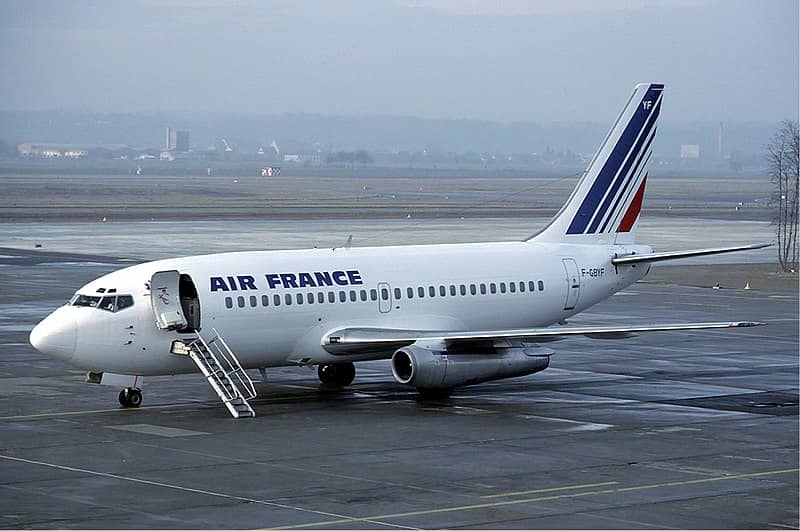
Flying between Paris and London is another popular mode of transportation because lights are relatively short and are often inexpensive.
National carriers like British Airways and Air France typically fly between London and Paris. From Charles de Gaulle and Orly airports in Paris, EasyJet flies to Luton and Gatwick. CityJet and Vueling, two other airlines that fly nonstop from Paris to London, are also worth considering.
You may also consider KLM, Swiss Air, Lufthansa, and Austrian Airlines which are airlines that offer layovers. However, if you’re short on time, you’ll have to take a plane instead.
Airlines: Nonstop – AirFrance, British Airways, EasyJet; Connecting Flights – Austrian Air, KLM, Lufthansa, Swiss Air.
Routes: Paris to London Heathrow, Paris to London Luton, Paris to London Luton.
Travel Time: from 1 hour and 15 minutes to 1 hour and 20 minutes (nonstop). 3 hours and 45 minutes to 3 hours and 50 minutes (connecting).
Tickets and Fare: Flights between London and Paris are frequently less than €100, and in some cases much less, if you find a good deal with one of the budget airlines. Remember to consider any baggage fees when comparing prices.
Booking: Tickets can be purchased through your preferred booking engine or directly from the airline.: AirFrance, British Airways, CityJet, EasyJet, Vueling. Austrian Air, KLM, Lufthansa, SwissAir.
Reminders: Confirm the departure and arrival airports for your flights. London is served by six major airports, each of which is located in a different direction from the city and provides a variety of transportation options.
Meanwhile, flights arrive and depart from one of three major Paris airports: Charles de Gaulle, Orly, or Paris Beauvais.
Keep in mind the time required to travel to and from the airports. It takes approximately an hour to travel from central London to London Heathrow and 45 minutes to travel from Charles de Gaulle to the heart of Paris.
3. Paris to London By Ferry
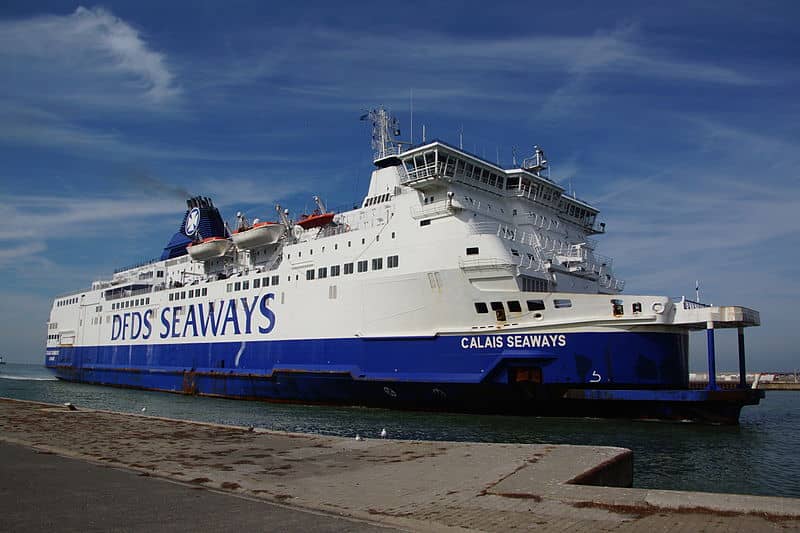
If you’re looking for a slower, more scenic way to get from London to Paris, consider taking a ferry. Passengers can board the ferries by foot, bicycle, or car. They are the most common mode of transportation for cyclists traveling from the UK to France.
It is also popular with pet owners because most ferries allow pets to be brought on board for those who travel by car. You can bring your dog or cat along, but they must remain in the car at all times.
Routes: The Calais to Dover route is the quickest and most efficient for the majority of people planning a trip from Paris to London.
The TGV high-speed train is the fastest way to travel from Paris to the Calais ports.
Then, take a coach, high-speed train, regular train, or drive from the Dover ferry port to London.
Travel Time: The entire journey should take between 6 and 8 hours, depending on the train schedule, route, and connections.
Tickets and Fare: Ferry tickets for Calais to London cost between €35 and €105 per person, depending on the time of year, the day, whether or not you bring a vehicle, the size of your vehicle, and whether or not you bring pets.
Booking: Purchase your ferry tickets directly from the ferry companies that run the Dover to Calais route, DFDS Seaways, and P&O Ferries.
Reminder: You should arrive 60 minutes before the scheduled departure time of your ferry to allow adequate time for check-in and security and customs checks.
If you intend to travel with a pet, be sure to check the pet requirements for your crossing in advance, as they must be properly documented and vaccinated.
4. By Bus or Coach
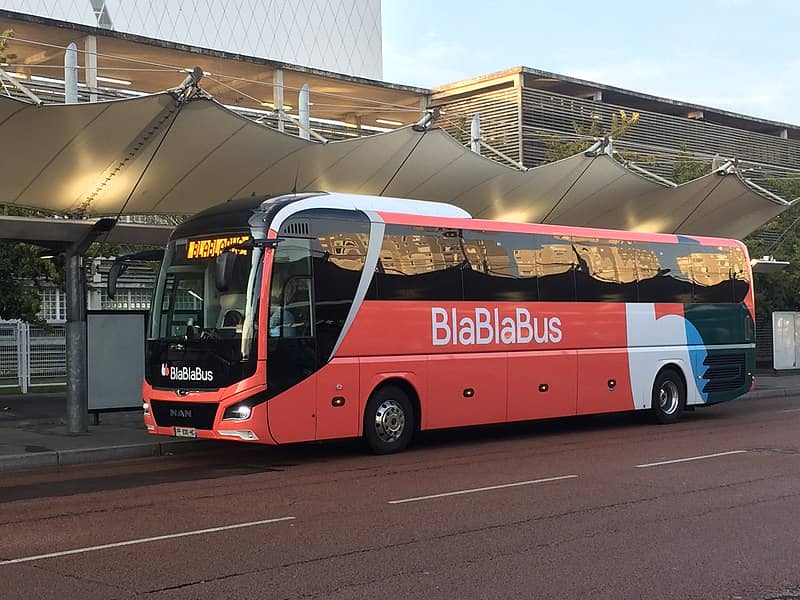
The bus is usually the most cost-effective mode of transportation between London and Paris. It is a convenient way to travel between the two cities, though it is not as fast as taking the train or flying.
Coaches and buses use the EuroTunnel shuttle service in the same way that cars do. The buses do not drive through the Euro Tunnel; instead, they are shuttled across in a transport vehicle.
The most popular bus companies that serve this route are Flixbus and BlaBlaBus.
Flixbus is the largest bus network in Europe. They take pride in arriving on time and consuming the least amount of energy possible.
BlaBlaBus is a French bus company that serves 300 destinations in ten European countries. They have an app that lets you use e-tickets instead of paper tickets. They run about a half-dozen buses per day, with some going to the city center and others going straight to the airport.
Routes: From Bercy Seine Bus Station (210 Quai de Bercy, 75012 Paris) to the Victoria Coach Station in London (164 Buckingham Palace Road, London SW1W 9TP).
Travel Time: The trip takes 7 to 10 hours.
Tickets and Fare: Bus tickets from London to Paris can vary depending on the season, but typically range from €14 to €48 per person.
Booking: You can book your bus ticket directly on the website of the bus company, Flixbus, and Omio.
5. By Car / Driving
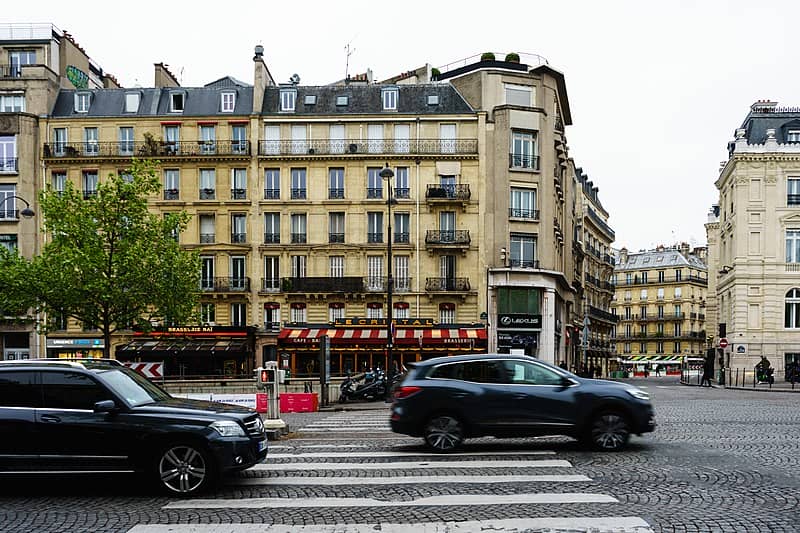
One option for traveling between Paris and London is by driving. It’s easier and more convenient to travel by car than by plane or train because there are no restrictions on luggage or per-person fees.
Using the Eurotunnel or a ferry to cross the English Channel are the only options for those traveling by car. The fastest option is to take the Eurotunnel. See the Ferry section of this guide if you prefer to cross by ferry.
The ferry takes much longer and is less convenient than taking the Channel Tunnel. The Eurotunnel travels across the English Channel in 35 minutes, whereas the ferry takes 90 minutes to do the same.
Even if you’re on a budget, it’s wise to check out ferry ticket prices to see if they’re less expensive than plane tickets.
Cars, trucks, motorcycles, trailers, and campervans can all be transported by the Eurotunnel Le Shuttle. Car drivers pay more, whereas motorcycle riders pay less. Larger vehicles pay slightly more.
Routes: Paris to Coquelles near Calais (France) to Folkestone/Dover then London (England)
Travel Time: Driving from London to Paris via the Channel Tunnel takes approximately 6 hours, excluding potential traffic and delays.
Cost: The cost of the Eurotunnel Le Shuttle is determined by the size of your vehicle, the presence of trailers or other attachments, and the type of ticket purchased. Fares start at around €92 for one-way travel, but round-trip fares can be as low as €34 each way. You can check prices here.
Include fuel costs, which vary depending on your vehicle and current fuel prices. There are electric charging stations at both Eurotunnel Le Shuttle terminals in the UK and France for electric and hybrid cars.
For car rentals, you must also factor in the rental car fees and any additional charges. An average day’s car rental in Paris is between €20-€40.
Booking: Check out the Eurotunnel prices and book here.
If you’re driving to the UK from France and renting a car, be sure to choose a rental car agency that permits cross-border travel. such as Avis, Europcar, Hertz, and Sixt.
Reminder: It should be noted that driving regulations in France and the United Kingdom differ. Aside from understanding the differences in traffic laws (for example, people in the UK drive on the left while people in France drive on the right), there are several things you must do to prepare to bring a foreign car across the border. Check updates here.

Hi, I’m Christine – a full-time traveler and career woman. Although I’m from the Philippines, my location independent career took me to over 40 countries and lived in 4 continents in the last 10 years, including France. A self-proclaimed Francophile, I love everything France.
